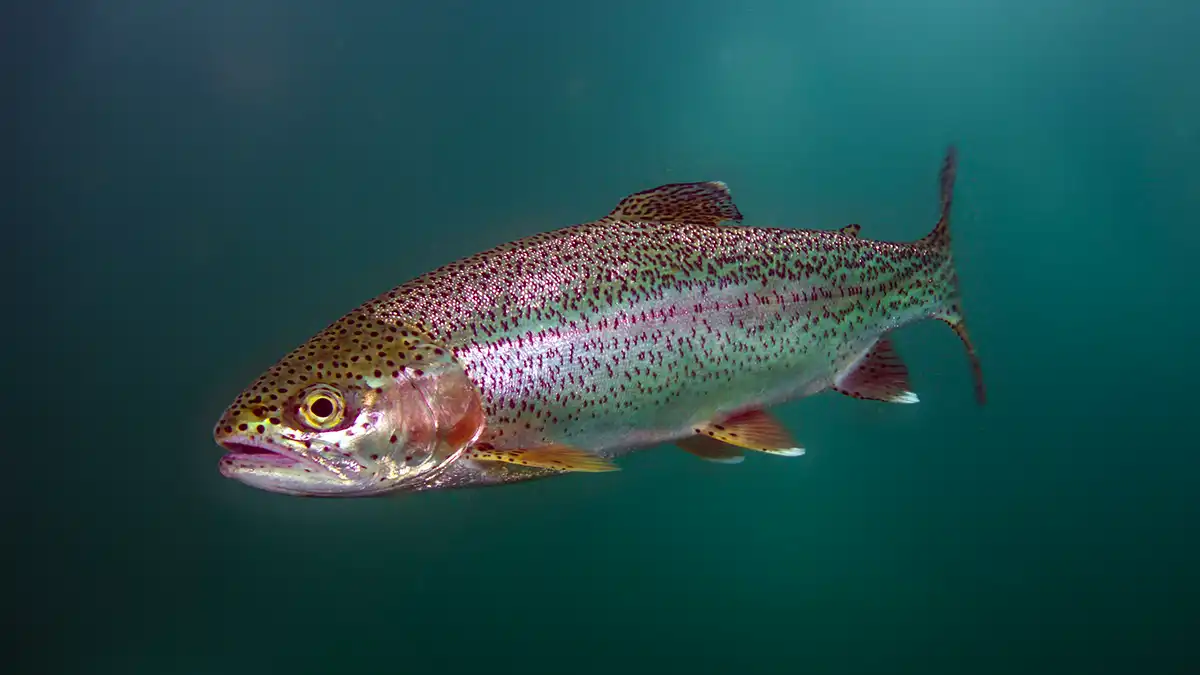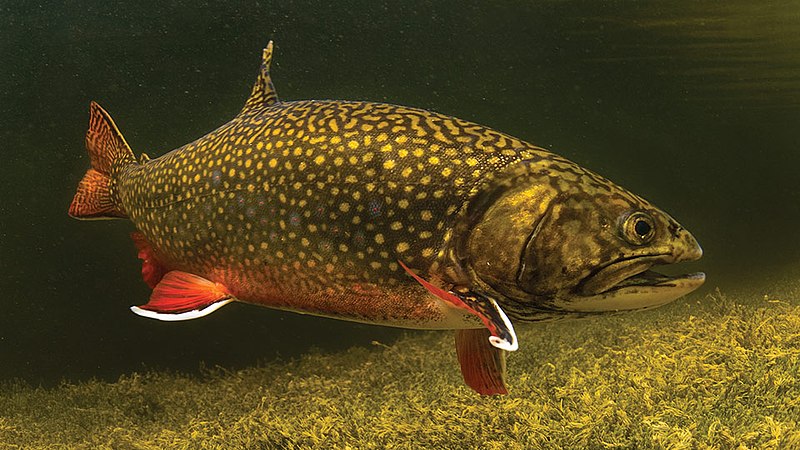Raising trout at home can be a rewarding and sustainable way to produce fresh, high-quality fish. Whether you’re interested in trout farming for personal consumption, as a hobby, or as a small business, setting up a successful trout farming system requires proper planning, equipment, and care. This guide will walk you through everything you need to know about trout farming at home, from choosing the right species to maintaining optimal water conditions and feeding schedules.
Why Choose Trout Farming at Home?
Home-based trout farming offers several benefits:
- Fresh, Organic Fish: Grow your own trout without harmful chemicals.
- Self-Sufficiency: Provides a sustainable food source for your household.
- Profitability: Can be turned into a small-scale business.
- Educational Experience: A great way to learn about aquaculture and fish farming.
Step 1: Choosing the Right Trout Species
Not all trout species are suitable for home farming. The best options include:

1. Rainbow Trout
- Most common for home farming.
- Hardy and adaptable to different conditions.
- Fast-growing and ready for harvest in 8-12 months.

2. Brook Trout
- Prefers cooler water temperatures.
- Requires more maintenance than Rainbow Trout.
- Suitable for colder regions.
3. Brown Trout
- More challenging to raise due to specific water quality needs.
- Slower growth rate but highly valued for its taste.
Tip: Rainbow trout is the best choice for beginners due to its adaptability.
Step 2: Setting Up a Trout Farming System
1. Choosing the Right Tank or Pond
- Pond Farming: Requires a natural or artificial pond with proper aeration.
- Tank or Raceway System: Uses large water tanks with constant water flow for better control.
2. Water Quality Requirements
- Temperature: 50-60°F (10-15°C) for optimal growth.
- Oxygen Levels: Maintain dissolved oxygen levels above 6 mg/L.
- Water pH: Keep between 6.5-8.0.
3. Filtration and Aeration
- Use biofilters to remove waste and ammonia.
- Install an aerator or oxygen pump to maintain oxygen levels.
For more water management tips, see Aquarium Water Quality: How to Maintain a Clean and Healthy Environment.
Step 3: Feeding Your Trout Properly
Trout require a high-protein diet to grow efficiently.
1. What to Feed Trout
- Commercial Trout Pellets: Best for balanced nutrition.
- Live Insects & Worms: Provide additional protein.
- Vegetable Supplements: Boosts immune health.
2. Feeding Schedule
- Feed 2-3 times a day in small amounts.
- Adjust feeding rates based on water temperature (warmer water = higher metabolism).
Tip: Overfeeding can lead to water pollution, so monitor waste levels closely.
Step 4: Monitoring Growth and Health
1. Growth Rate
- Trout reach harvest size (1-2 lbs) in 8-12 months.
- Regularly measure growth rates to adjust feeding schedules.
2. Common Trout Diseases & Prevention
- Fungal Infections: Avoid overcrowding and maintain clean water.
- Gill Disease: Ensure proper aeration and oxygen levels.
- Parasites: Quarantine new fish before introducing them to the main tank.
For fish disease management, visit How to Prevent and Treat Common Fish Diseases.
Step 5: Harvesting and Processing Trout
1. When to Harvest
- Best time: When trout reach 12-18 inches (1-2 lbs).
- Use cast nets or trap nets for easy harvesting.
2. Processing Trout
- Humanely kill using an ice bath or quick stunning.
- Gut and clean immediately for freshness.
Conclusion
Trout farming at home is an exciting and rewarding way to produce fresh fish while learning valuable aquaculture skills. By selecting the right species, maintaining clean water, feeding properly, and monitoring health, you can create a successful trout farming system. Whether for personal use or small-scale sales, trout farming offers a sustainable and fulfilling way to enjoy fresh fish year-round.
FAQs
1. How long does it take to raise trout at home?
Rainbow trout typically reach harvest size within 8-12 months.
2. Can I raise trout in a backyard pond?
Yes, but you’ll need proper aeration, filtration, and temperature control.
3. What is the best food for trout farming?
High-protein commercial trout pellets are the best option.
4. How many trout can I keep in a tank?
For a 500-gallon tank, you can stock 50-100 trout, depending on aeration.
5. Do trout need running water?
Yes, trout thrive in flowing water to ensure high oxygen levels.